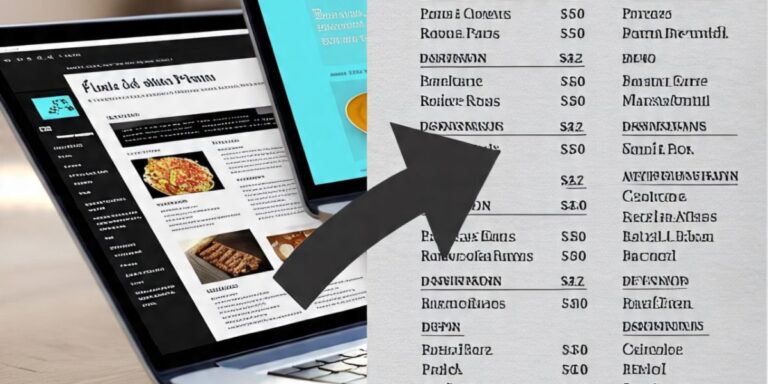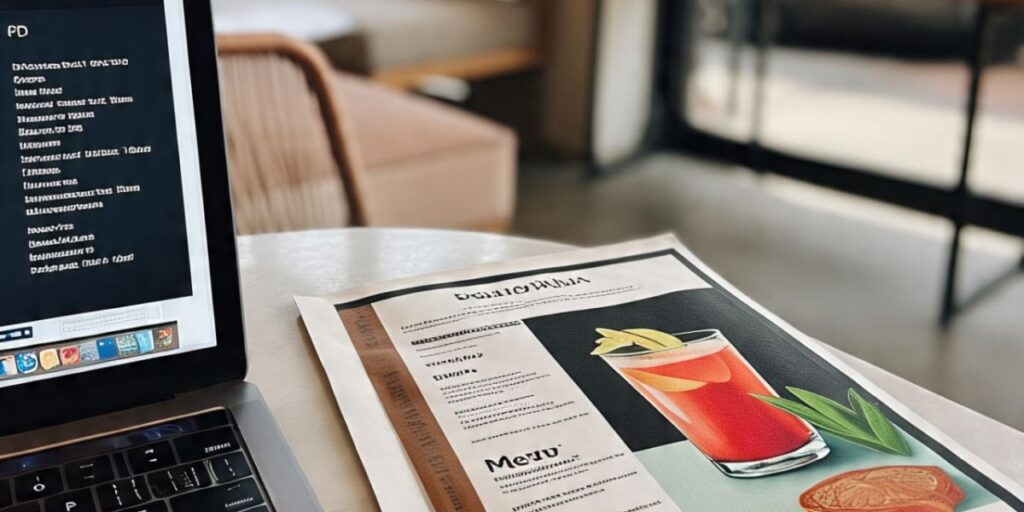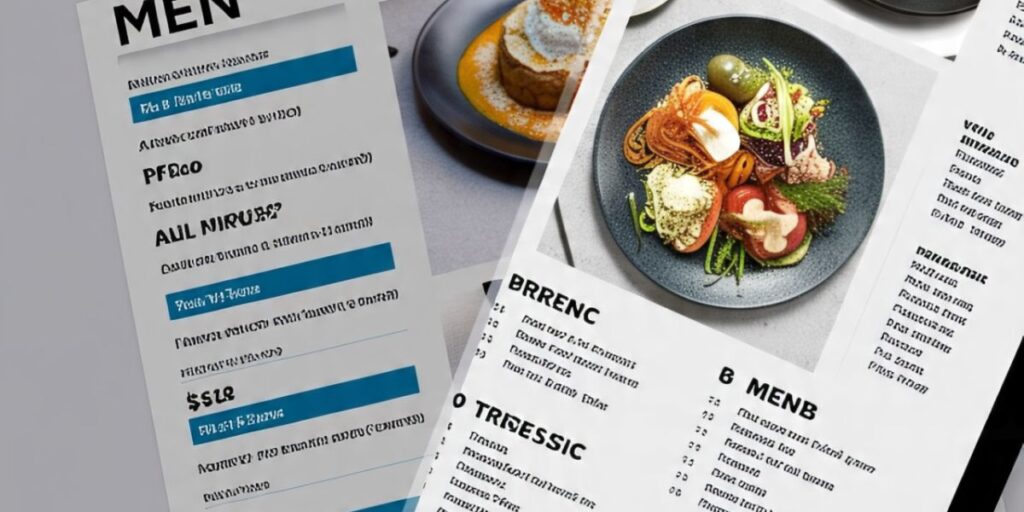
The Digital Dining Shift in 2025
It’s 2025, and let’s face it—almost everything is on our screens now. From ordering late-night kebabs to checking cricket scores between lectures, the digital world is where we live. Naturally, restaurants have followed suit. Enter Swig, a go-to hangout spot for quick bites, endless banter, and—let’s not forget—their menus.
But here’s the catch: when you walk into Swig today, you’re faced with a tiny dilemma that says a lot about modern dining—the Swig Menu PDF or the classic printed menu?
Now, it may seem like a small thing. “It’s just a menu, bro.” But pause for a sec—this one choice subtly impacts everything: your ordering experience, the vibe, even how long you spend deciding between loaded nachos or tandoori momos. So yeah, it’s worth unpacking.
Let’s break it down like we would a messy burger—layer by layer.
Swig’s Pivot to the Digital Age
Swig didn’t start digital. Back in the day (okay, like 2018), you’d walk in and be handed a slightly greasy but oddly comforting laminated menu. Fast forward to post-pandemic normalcy, QR codes became the new handshake, and PDFs took over the tables.
It wasn’t just about going contactless anymore. It was about speed, updates, and eco-conscious flexing.
Still, not everyone’s bought into the tech vibe. Some regulars, especially those who romanticize flipping through paper menus while sipping masala Coke, still ask for the printed version. And that’s where the comparison kicks in.
Printed Menus at Swig: Pros, Cons & That Old-School Charm

Let’s start with the OG—the printed menu.
The one that smells faintly of plastic and mystery sauces.
Pros:
- Tangible Appeal: There’s something satisfying about holding a real menu. It feels… legit. It’s like vinyl records—they’re not practical, but damn, they have soul.
- No Wi-Fi? No Problem: Not everyone wants to wrestle with Wi-Fi prompts just to see the drinks section.
- Quicker First-Time Browsing: For some, flipping pages is faster than scrolling (especially if you’re hangry).
Cons:
- Static Information: Prices change, items go out of stock, and specials get rotated. But the menu? Printed six months ago, it still says “Mango Mojito” even though it’s off the board.
- Costly to Update: Every time there’s a change, a new batch of menus needs to be printed. Waste of paper, time, and money.
- Not Eco-Friendly: Let’s be real. Hundreds of printed menus mean trees are crying somewhere.
So yeah, printed menus bring in the nostalgia, but they’re kinda like using a Nokia 3310 in the iPhone 15 era—charming, but limiting.
The Swig Menu PDF: Where Speed Meets Slick
Now onto the flashy new player—the Swig Menu PDF. It’s basically like the Spotify of food listings—instant, updated, and always just a tap away.
Pros:
- Real-Time Updates: New mocktail added this morning? It’s already on the PDF. Ran out of Chicken Popcorn? Off it goes.
- Eco-Friendly Edge: No paper, no reprints, no waste. You feel mildly heroic for saving a tree with every scan.
- Accessible Anytime, Anywhere: Planning your order in the cab or stalking the dessert menu while your friend’s still finding parking? Easy.
- Interactive Perks: Some PDFs at Swig come with clickable sections—think images, pop-outs, even reels of their signature sizzlers.
Cons:
- Not Great for Technophobes: There’s always that one guy who refuses to scan the QR code and stares at the table like it’ll magically hand him a menu.
- Battery-Dependent: If your phone’s dying, so is your access to that amazing chicken wings combo.
- Overload of Info: Sometimes, the PDFs get too ambitious—fancy fonts, heavy images, or extra-long scrolls that make your eyes beg for mercy.
But even with these glitches, the PDF menu is gaining ground—and fast.
The Real Face-Off: Aesthetics, Experience & the Vibe Factor

Let’s talk vibe—the thing that decides whether your meal is a casual hangout or a proper experience.
With printed menus, there’s this sense of ritual. You pick it up, flip through it, trace your finger down the page like you’re solving a mystery. It slows things down in a good way.
But with PDFs? It’s like skipping the small talk. You scan, skim, decide, and order in half the time.
Which feels better? Depends on what you’re after.
- Date night? The printed one wins—it’s more personal, less transactional.
- Post-football hunger pangs with the gang? The PDF wins—it’s quick, shareable, and everybody’s on their phone anyway.
QR Codes, Clicks & Interactive Nibbles
Now, here’s something worth chewing on—interactivity.
PDF menus aren’t just digital versions of paper menus. They’re becoming mini-web experiences. At Swig, you can tap on a dish and sometimes get a mouthwatering image or even a quick video (yeah, that sizzling brownie close-up? 🔥).
QR codes make it seamless. Scan it once, and boom—you’re navigating like it’s a Netflix menu. Add optional filters like “Spicy Only” or “Student Budget Under ₹150,” and suddenly, the whole thing becomes hyper-personalized.
Printed menus? Well, the most interactive part is maybe a doodle someone left on the last page.
What Are Customers Choosing in 2025?
Here’s the juicy part. Swig ran a casual in-store poll earlier this year (QR-scanned, of course), and here’s what they found:
- 70% of customers under 30 preferred PDF menus for speed and ease.
- 25% still liked printed menus, especially for sit-down dinners or when meeting someone for the first time.
- 5% didn’t care, as long as the food came fast.
There’s also a generational split. Younger folks lean digital. Older customers—or those just wanting a break from screen time—still reach for the laminated menu.
So… which one should you use?
Let me explain it like this:
If you’re a Swig regular who knows the menu by heart and just wants the fastest route to your burger? Stick with the PDF.
If it’s your first date, or you’re trying to impress someone with your slow, thoughtful ordering ritual? Maybe reach for the printed one—if they still offer it.
Hosting a large group? PDFs win—less waiting, more eating.
Ordering with family or people unfamiliar with QR codes? Printed menus save the hassle.
And if you’re the kind of person who compares fries across outlets like it’s a hobby? Honestly, you’ll probably use both.
Final Bite: Can’t We Just Have Both?

Swig’s hybrid model—offering both printed and digital menus—is a sweet spot. It respects choice, mood, and accessibility. Kind of like how you can order fries with or without peri-peri seasoning. Different days, different tastes.
So, is one truly better than the other?
Not really.
It’s less about which menu wins and more about what you need at that moment.
And who knows? Five years from now, we might just be ordering through holograms—or telepathically. But for now, whether it’s a tap or a page flip, Swig’s got your order ready.
Now go grab that cheesy nacho platter—printed or digital, it’s still going to taste bomb.